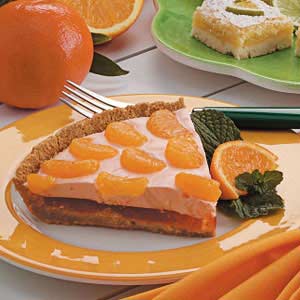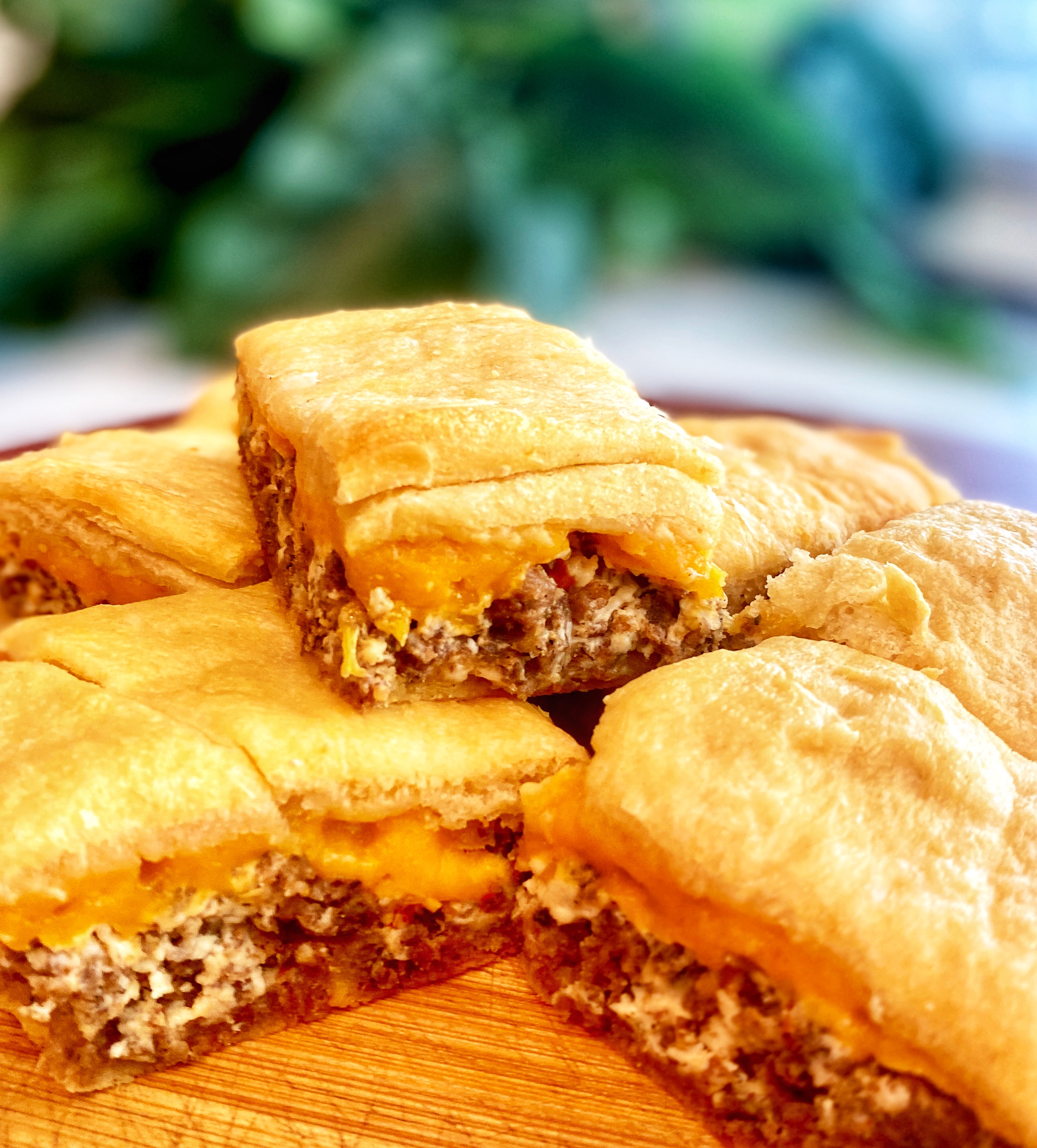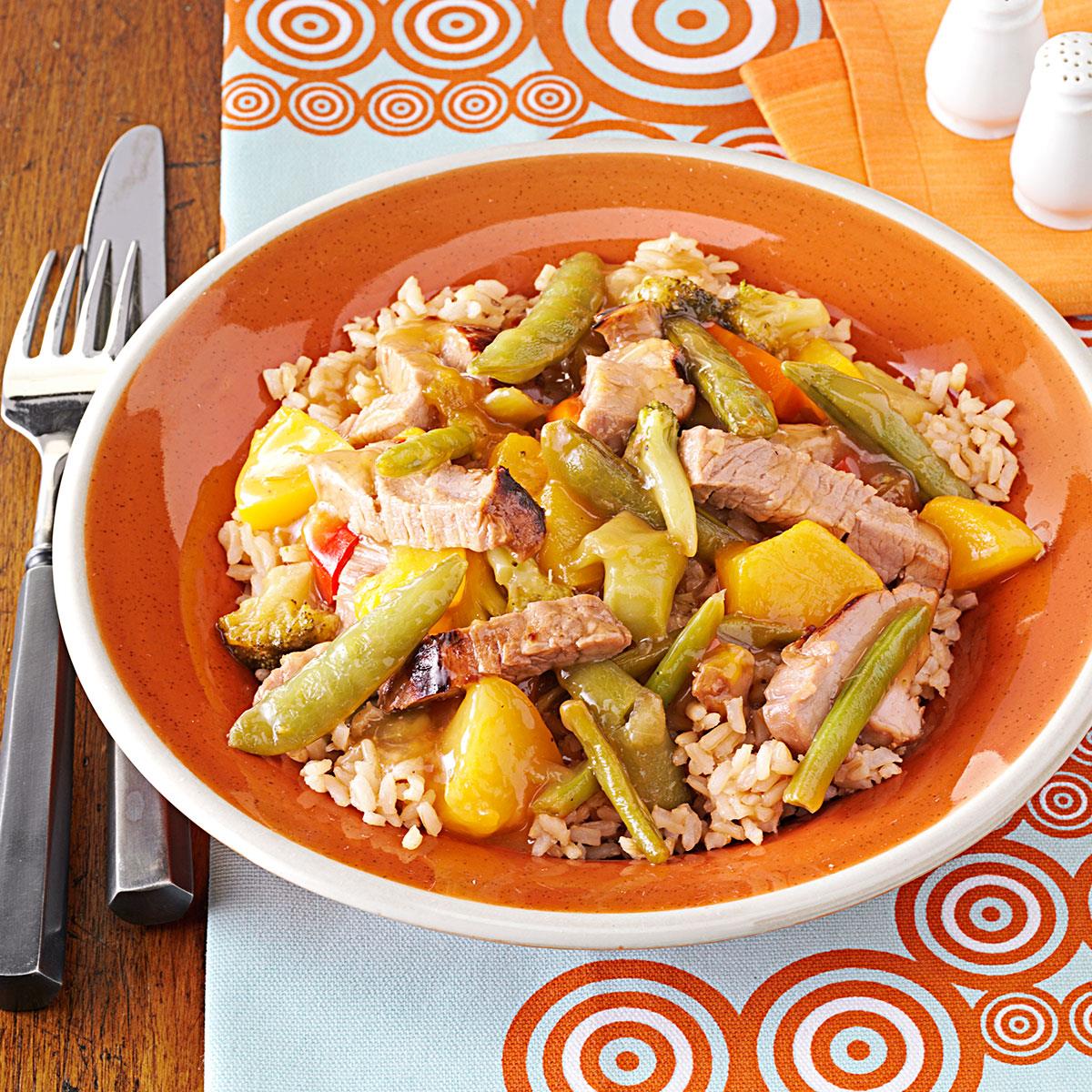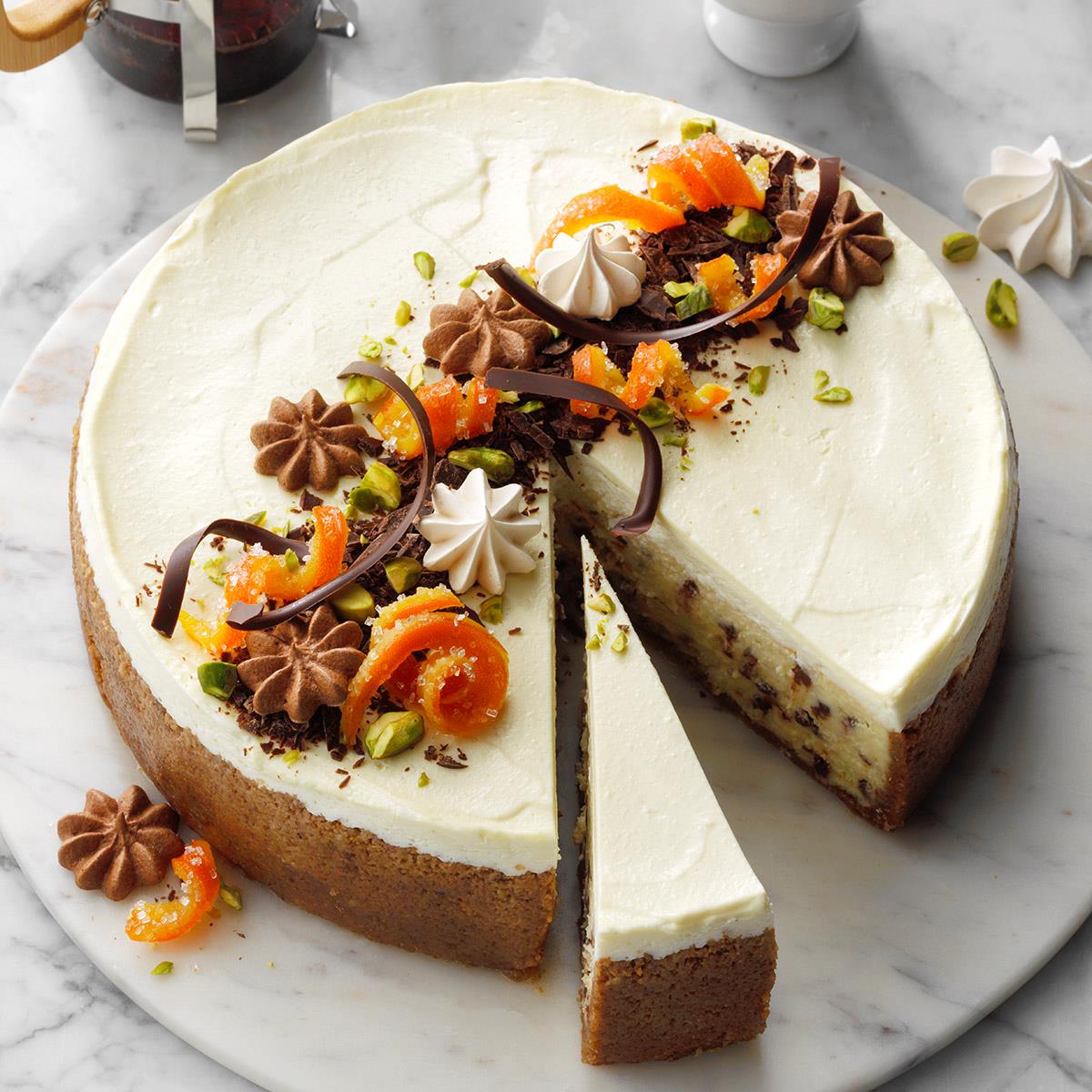Paska is a traditional sweet bread that holds a prominent place on the table during Easter celebrations in many cultures. Originating in Eastern Europe, this rich and flavorful bread is often made with a combination of flour, milk, eggs, butter, and sugar. Paska can be enjoyed plain or adorned with various toppings such as powdered sugar, icing, or colorful sprinkles. In this article, we present a delightful collection of gluten-free Paska recipes that cater to those with dietary restrictions or preferences. Our recipes offer a range of options, from a traditional Ukrainian Paska recipe that captures the authentic flavors of the region to a vegan Paska recipe that caters to those following a plant-based diet. Whether you're a seasoned baker or just starting out, we have a recipe that will guide you in creating a delicious and festive gluten-free Paska that everyone can enjoy.
Let's cook with our recipes!
GLUTEN FREE EASTER BREAD

Gluten Free Easter Bread, also known as Paska, has been a part of my family's Easter tradition for years. A sweet bread, with orange and lemon zest, topped with icing. What's not to love?
Provided by Jeanine Friesen
Categories Gluten Free Bread recipes
Time 33m
Number Of Ingredients 19
Steps:
- Zest the orange and lemon into a large glass measuring cup. Squeeze the juice from half of each fruit into the measuring cup as well. Add enough milk to make 1 cup (250 ml) total liquid. Heat in the microwave for 30 seconds, just to warm it up slightly. Stir. Add the oil and eggs and whisk to combine. Set aside.
- In the bowl of a stand mixer, use the paddle attachment to whisk together the brown rice flour, millet flour, tapioca starch, sugar, powdered milk, yeast, xanthan gum, and salt.
- With the mixer running on low, pour the wet ingredients into the dry ingredients. Turn the mixer up to medium speed, and beat for 2 minutes.
- Grease a muffin tin with butter or oil. Scoop the dough into the prepared pan. I use my large cookie scoop, dipped in water, to do this easily. Divide the dough between the muffin cups, I got between 11 & 12, depending on how big I made the buns.
- Dip your finger in water to smooth the tops of the buns.
- Place the buns in a warm, draft-free area to rise for 30-45 minutes. I like to turn the oven on to the lowest temperature, just so it warms up in the oven, before turning the oven off, and placing the buns inside to rise.
- Bake the buns in a preheated 350 degree F (176 degree C) oven for 18-20 minutes. Because of the higher sugar content, the buns will brown quite a bit when baking. If you notice them browning too much, you can cover the top loosely with foil.
- Once buns are finished baking, remove them from the muffin tin and place them on a wire cooling rack to cool completely. Frost them before serving.
- Beat together the Confectioners' sugar, butter, and orange juice until smooth. Spread on top of the buns before topping with sprinkles or shredded coconut. (optional)
PASKA EASTER BREAD
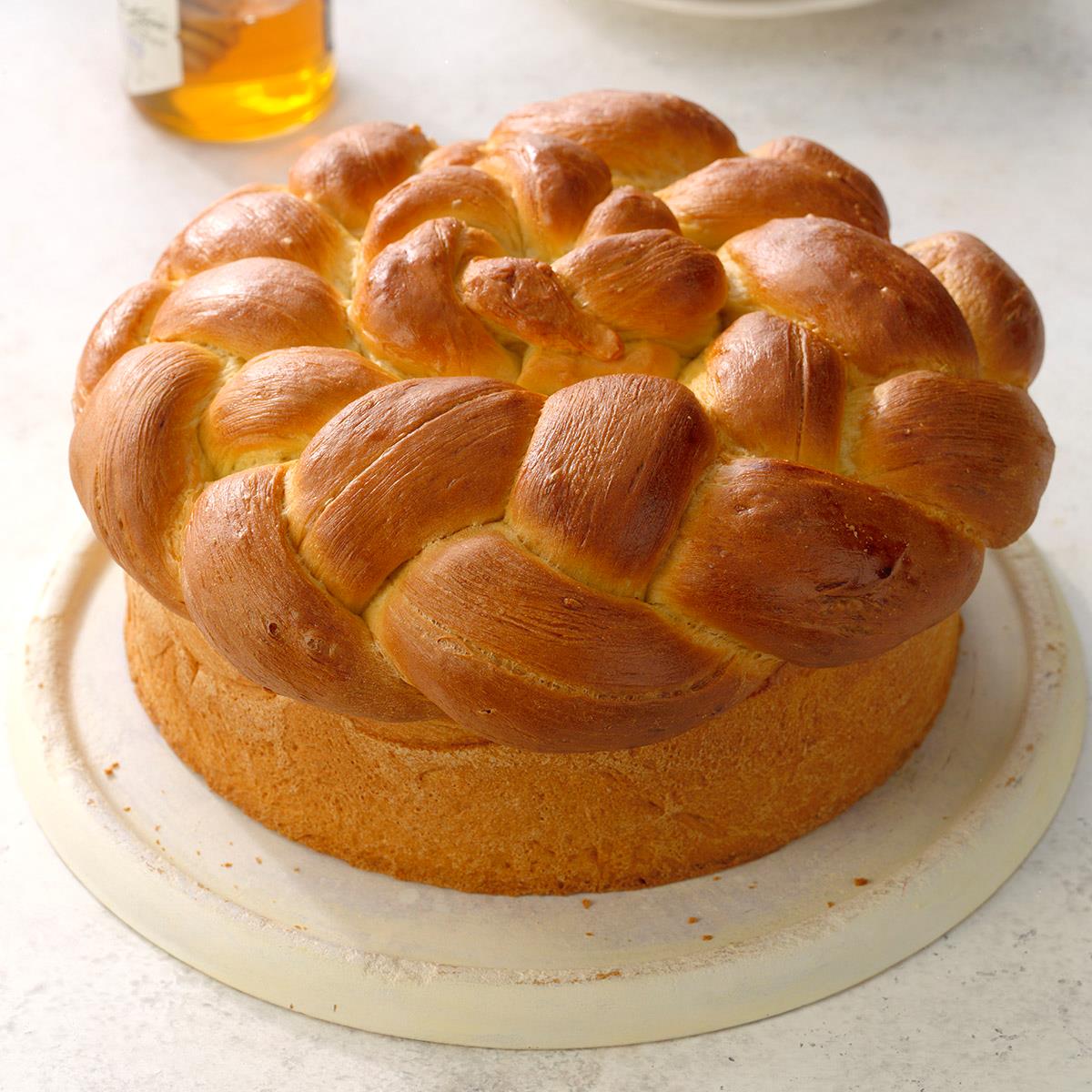
Paska is a traditional Easter bread prepared with lots of eggs, making it much richer than ordinary sweet breads. The beautifully braided top will earn you many compliments.
Provided by Taste of Home
Time 1h30m
Yield 2 loaves (12 pieces each).
Number Of Ingredients 11
Steps:
- In a large bowl, dissolve yeast and 1 teaspoon sugar in 1 cup warm water. Let stand for 5 minutes. Add remaining water. Beat in the milk powder and 5 cups flour until smooth. Cover and let rise in a warm place until bubbly, about 20 minutes. Add eggs, butter, salt and remaining sugar; mix well. Stir in enough remaining flour to form a soft dough. Turn onto a floured surface; knead until smooth and elastic, about 8-10 minutes. Place in a greased bowl, turning once to grease top. Cover and let rise in a warm place until doubled, about 1 hour., Punch dough down. Turn onto a lightly floured surface; divide in half and set 1 portion aside. Divide remaining portion in half; press each portion into a well-greased 10-in. springform pan. Divide reserved dough into 6 balls. Shape each ball into a 30-in. rope; make 2 braids of 3 ropes each. Place a braid around the edge of each pan, forming a circle. Trim ends of braids, reserving dough scraps. Pinch ends of braids to seal. Shape scraps into 2 long thin ropes; form into rosettes or crosses. Place 1 decoration on the center of each loaf. Cover and let rise until doubled, about 1 hour. , In a small bowl, beat egg and water; brush over dough. Bake at 350° for 50-60 minutes or until golden brown. Remove from pans to wire racks to cool.
Nutrition Facts : Calories 342 calories, Fat 6g fat (3g saturated fat), Cholesterol 73mg cholesterol, Sodium 380mg sodium, Carbohydrate 60g carbohydrate (7g sugars, Fiber 2g fiber), Protein 11g protein.
GLUTEN-FREE PASKA
Slightly sweet and citrusy, this egg heavy bread is a Mennonite Easter favourite. It is typically baked as a loaf topped with icing and sprinkles, but some people make them as buns; others will braid or make ornamental shapes on top. This gluten free recipe will make an actual dough (not thick batter), so feel free to do as you wish! If you do make buns, you will need to adjust the bake time to be shorter. About the amylase: I use BSG Handcraft 7100B which I purchased from eBay. Amylase enzyme converts starch to sugar and contributes to a higher rise, softer crumb, and longer lasting bread. The ascorbic acid (vitamin C; *not* citric acid) helps to feed the yeast and also contributes to a softer crumb.
Provided by threehappypenguins
Categories Free Of...
Time 1h
Yield 1 loaf, 12 serving(s)
Number Of Ingredients 29
Steps:
- Combine 3/4 cup of milk and 1/4 cup of bread flour blend in a saucepan, and heat on medium, whisking periodically until thickened; approximately 5 minutes. Set aside to cool slightly.
- Heat 3/4 cup of whole milk until it is approximately 110 F (I use my microwave). Dissolve 3 1/2 tsp granulated sugar in the milk, and sprinkle the yeast on top. Allow the yeast to proof. While waiting for the yeast the proof, prepare the dough mixture.
- In the bowl of a stand mixer, combine 3 cups of bread flour blend, 1/3 cup of granulated sugar, potato flakes,** psyllium husk powder, and 1 1/2 tsp salt. Whisk by hand to fully combine.
- Add the eggs, tangzhong (roux), and butter to the stand mixer bowl. In the yeast mixture, add the ascorbic acid and amylase enzyme (if using), and juice/zest of the citrus. Give it a quick stir. Then pour into stand mixer bowl.
- With the paddle attachment, slowly begin mixing until everything is fairly incorporated. Then increase speed to medium high, and mix for about 5 minutes. The dough will be extremely sticky, not like a "normal" dough. But it will be much thicker than typical gluten free "batter" dough.
- With a rubber spatula, scrape down the sides of the bowl until the dough is a ball in the centre of the bowl. Cover with plastic wrap and let sit in a warmish place until doubled (might take 1-2 hours, depending on temperature).
- After dough is doubled, place in the refrigerator for 4 hours *minimum,* preferably overnight. This helps the dough to be more firm and workable. Alternatively, you can place the dough in the freezer for approximately 20-30 minutes. After dough has rested in the fridge, oil or butter a 8.5 x 4.5 bread pan (if it is not non-stick). Then sprinkle some bread flour blend on the countertop, and empty dough from the bowl on top of the flour blend on the counter. Sprinkle more bread flour blend on top of the dough, and begin to work the flour into the dough. You will be kneading the dough to make it smooth and less sticky (not to activate the gluten; because there is no gluten).
- After the dough is smooth and not as sticky (there will still be some stickiness), carefully flatten the dough out to be the length of the pan, fold the dough over in a rolling motion (sealing the edges each time), until you get a dough log. Seal the final edges at the bottom. Flip the dough log over so the seam is at the bottom, and place in the bread pan. Cover and let rise. A helpful tip for rising -- I turn on the oven to the lowest possible temperature (170 F on my oven), and then let it heat up somewhat around 100 F (not to 170 F) and turn the oven off. Then I place the loaf in the oven to rise. Let the loaf rise so that it is crested about 1-2" above the top of the pan.
- When the loaf has finished rising, take it out of the oven (if you let it rise in the oven), and heat the oven to 375°F Then throw several ice cubes into the bottom of the oven and place the loaf on the middle rack (do this quickly; do not keep the oven door open for long). Immediately lower the temperature to 325°F You may need to cover with foil after about 20 minutes to keep the crust from getting too dark. Bake for a total of 45-50 minutes. After the loaf is finished baking, remove it from the oven, and let it sit in the pan to cool for approximately 10 minutes. Then remove from the pan and let cool completely on a wire rack. Alternatively, if you make buns, let the buns rise to double the size, and bake for approximately 25-30 minutes.
- For the frosting, cream the cream cheese and butter together, then add the powdered sugar, then the milk or heavy cream. When the loaf is fully cooled, top with the frosting, and cover in sprinkles.
- **Note: If you wish to omit the potato flakes but use potato water instead, reduce milk (for yeast mixture) to 1/2 cup, and use 1/4 cup potato water instead. To make potato water, peel and chop (into large chunks) a medium potato, and boil in water until tender. Drain water from the potato, reserving 1/4 cup of the potato water.
Nutrition Facts : Calories 292.8, Fat 9.6, SaturatedFat 5.5, Cholesterol 54.6, Sodium 397.8, Carbohydrate 47.3, Fiber 1.4, Sugar 14, Protein 4.4
Tips:
- Use a gluten-free flour blend that is specifically designed for baking. This will ensure that your paska has the right texture and flavor.
- Make sure to proof the yeast before using it. This will help to ensure that the paska rises properly.
- Do not overmix the dough. This will result in a tough paska.
- Bake the paska in a preheated oven. This will help to ensure that it cooks evenly.
- Let the paska cool completely before slicing it. This will help to prevent it from crumbling.
Conclusion:
Gluten-free paska is a delicious and festive bread that can be enjoyed by people with and without celiac disease. With a little planning and effort, you can make a gluten-free paska that is just as good as the traditional version.
Are you curently on diet or you just want to control your food's nutritions, ingredients? We will help you find recipes by cooking method, nutrition, ingredients...
Check it out »
You'll also love




